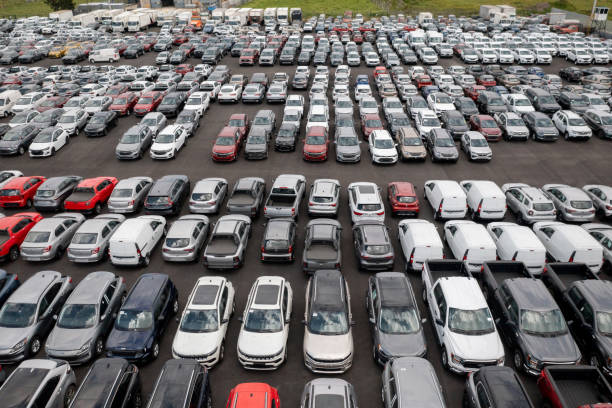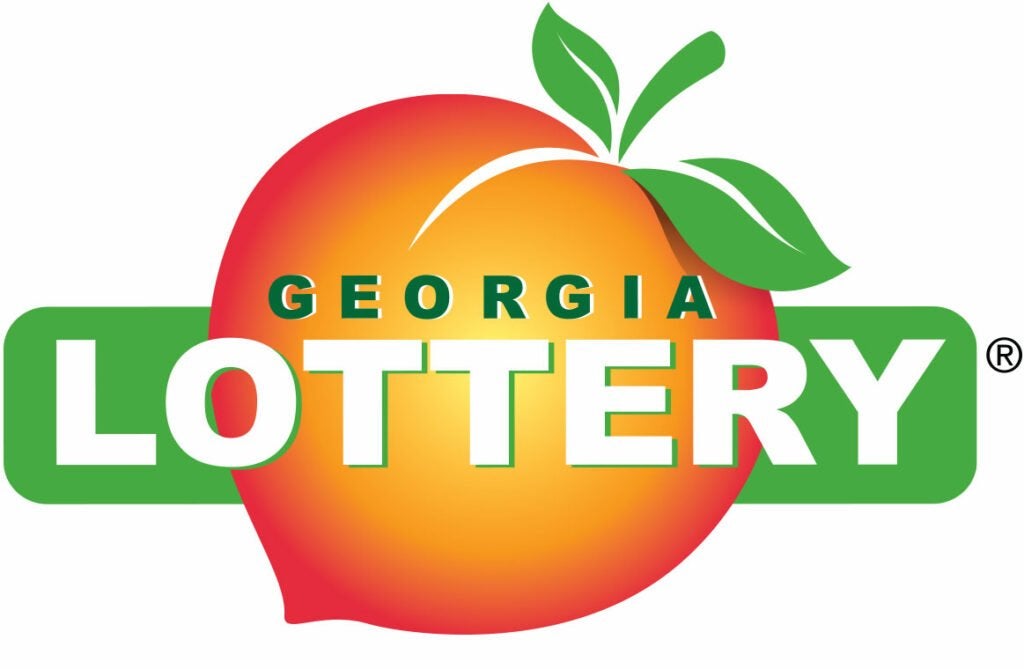Some may say it is long overdue while others will claim that naysayers are looking into a cloudy crystal ball; however, it appears that the auto industry is headed for what may be a historic correction.
According to Reuters, Nissan has halted production of the Murano, Pathfinder and Frontier models, closing seven plants in the process.
Nissan’s statement tries to indicate that the closure is due to the tit-for-tat tariffs between the U.S. and Canada, but Nissan seems to be the only major car maker that is experiencing such an issue. Typically, a manufacturer has the resources to weather such a storm without laying off hundreds of workers, but Nissan’s fortunes have declined severely over the years.
Stellantis, owner of Alfa Romeo, Ram, Opel and others has all but mothballed Chrysler. The once powerhouse brand, known for engineering prowess and the famous “forward look” design, has not had a massive hit since the fabled K-car platform. Currently, Chrysler only has a long-obsolete mini van on the American market.
Let’s not even get started on Jaguar. After jumping on the “woke” bandwagon and airing a promotional campaign that looked like something out of a Pride parade, the company unveiled a new model that is not only uninspiring, it almost looks like a kid’s drawing.
Currently, there are no companies out there posting record profits or offering anything that resembles a break through in technology.
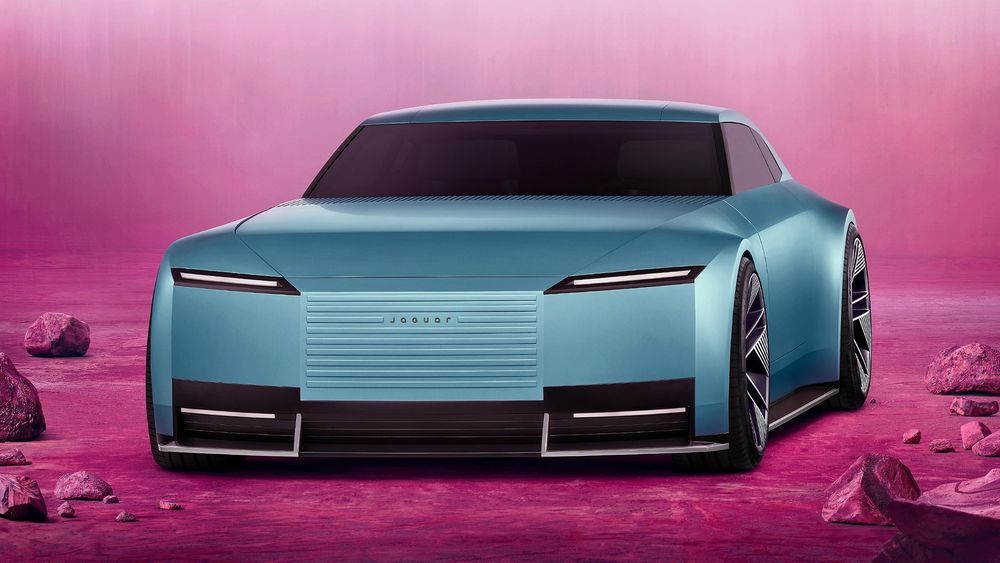
If history is any guide, there is one problem that supersedes questionable ad campaigns and tariffs: there are simply too many brands building virtually the same car and there are not enough buyers for any company to make a massive profit.
In today’s world, people keep their cars, on average, for about 10 years before they trade it in. This is in direct contrast to as little as 20 years ago when the average person traded in after three years.
Simply put, cars of today have a much better build quality than older generations.
An owner would be lucky if their shiny new car did not have rust issues after the first year of ownership. In the 1980s and 90s, plastic inserts and body cladding would fade or begin rotting away completely. Even premiere brand Cadillac had a devil of a time with the plastic inserts between the steel body and bumpers rotting out, making the cars look like hoopties that had never been kept in a garage, but allowed to melt in the hot sun.
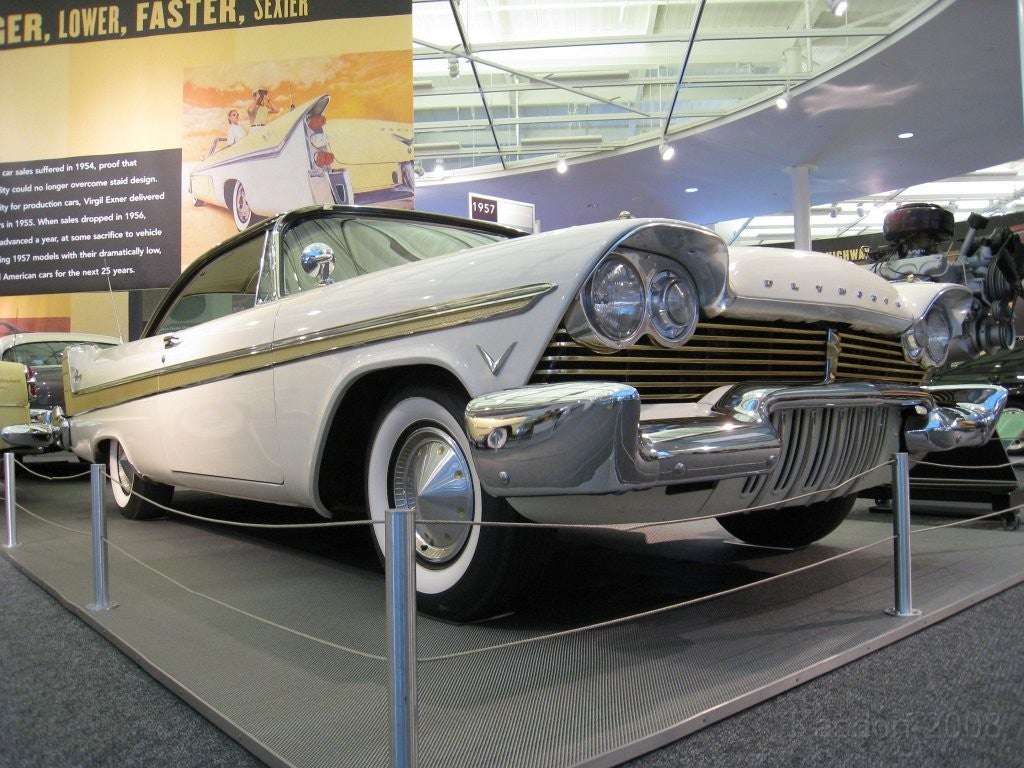
Also, it was about every three years that some massive upgrade, new safety device or technology would be added. Cars went from having eight-track tape players to cassettes and finally compact discs, however, none of those are installed in cars of today because people can now plug in their cell phones and listen to whatever they desire.
When the automobile was first developed, only a handful of legitimate companies existed, but in the ensuing decade of the 1910s auto manufacturers sprouted up like dandelions in a prairie.
Customers could get custom made cars and nearly every car maker had innovations and gimmickery that were exclusive to that brand. During the 1920s more companies came on the scene, but certain things like electric starters, side view mirrors and four-wheel brakes became standard equipment across the board.
It was the stock market crash of 1929 that was the catalyst for the first American automobile correction.
Extremely high end companies such as Auburn-Cord-Duesenberg hung on mightily, but failed along with Pierce-Arrow, Peerless, Cunningham, Doble and Hupmobile. By the end of the decade, scores of manufacturers threw in the towel, because no matter the quality, there simply were not enough buyers to go around and most of those left could only afford a Model T Ford.
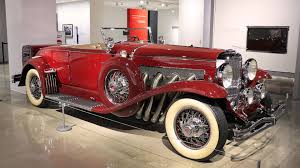
The late 1950s saw the second correction as companies such as Packard, Kaiser-Frazier and Crosley and Muntz folded while others merged such as Nash-Kelvinator and Hudson to form American Motors.
In the atmosphere where new car lots were jam packed with product, even if the Edsel had not been a design monstrosity, it would likely have suffered the same fate.
Keep in mind this was 20 years before Japanese upstarts made inroads to the American buyer.
In today’s world, not only are the Japanese dominant around the world, but European carmakers, tariffs or not, are going strong in the American market.
According to the New York Times, currently, the Chinese are scouting locations and moving tons of product to Mexico. The article states that those manufacturers are not looking to expand into America anytime soon, but it is certainly on the horizon.
Many years ago, people were astonished when America’s oldest surviving brand, Oldsmobile, pushed its final car down the assembly line, but we all must keep in mind that car manufacturers do not stick around out of nostalgia.
Scott Hudson is the Senior Investigative Reporter, Editorial Page Editor and weekly columnist for The Augusta Press. Reach him at scott@theaugustapress.com

